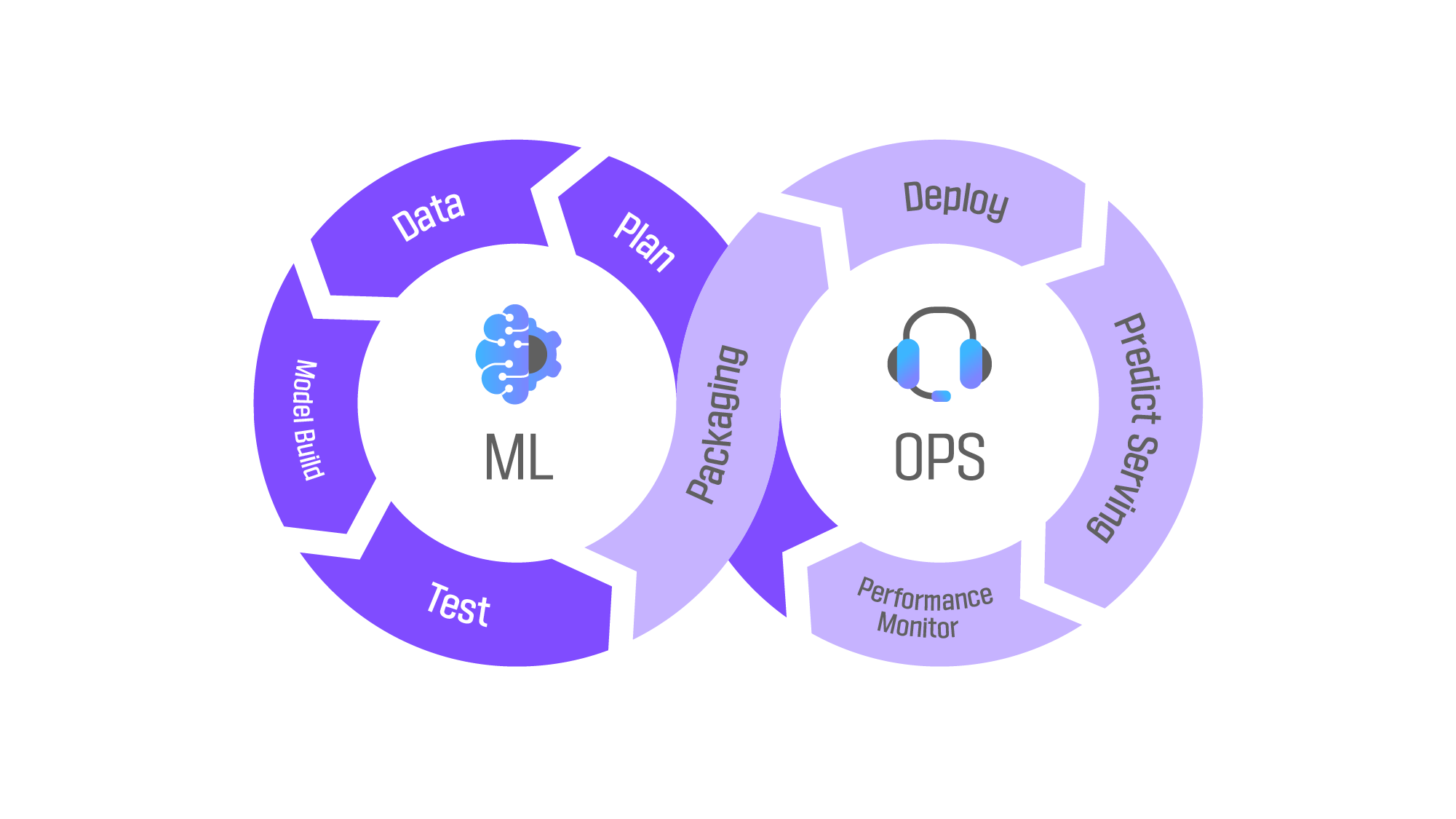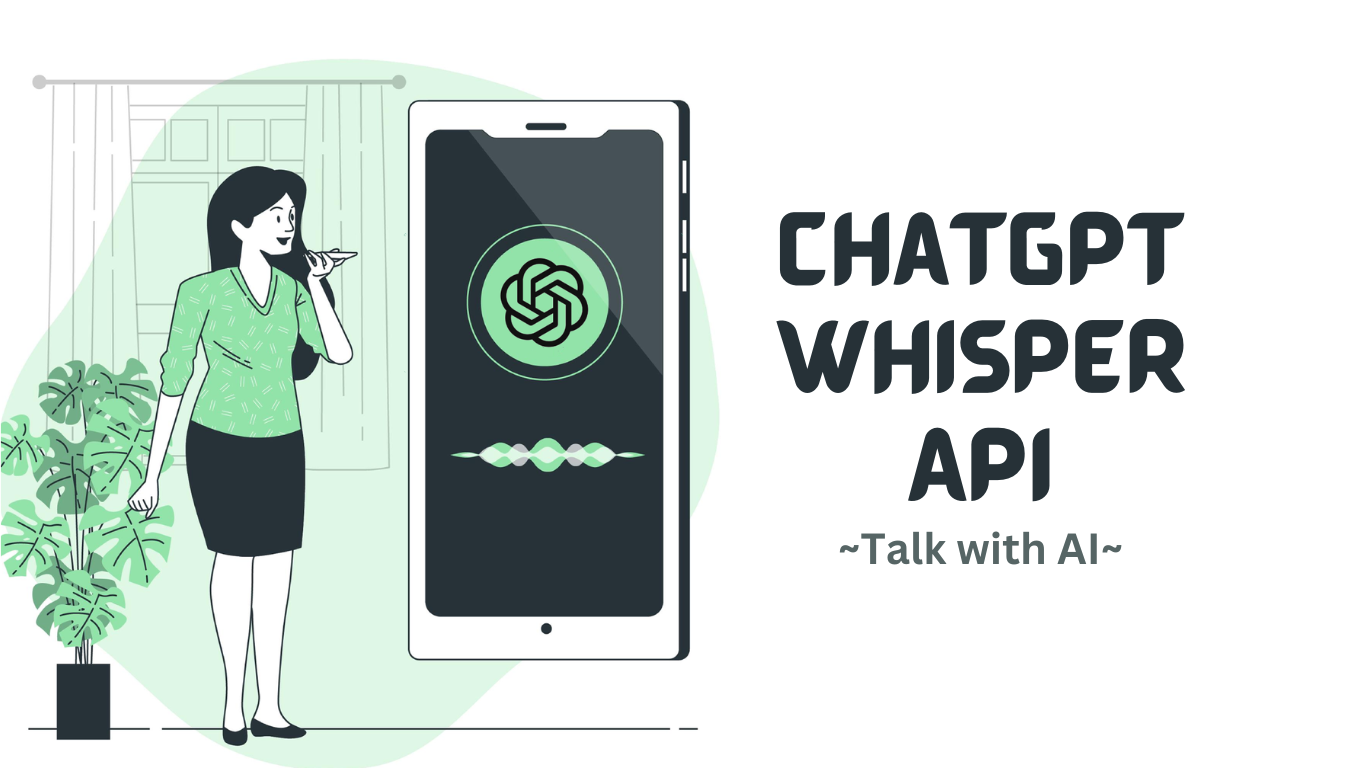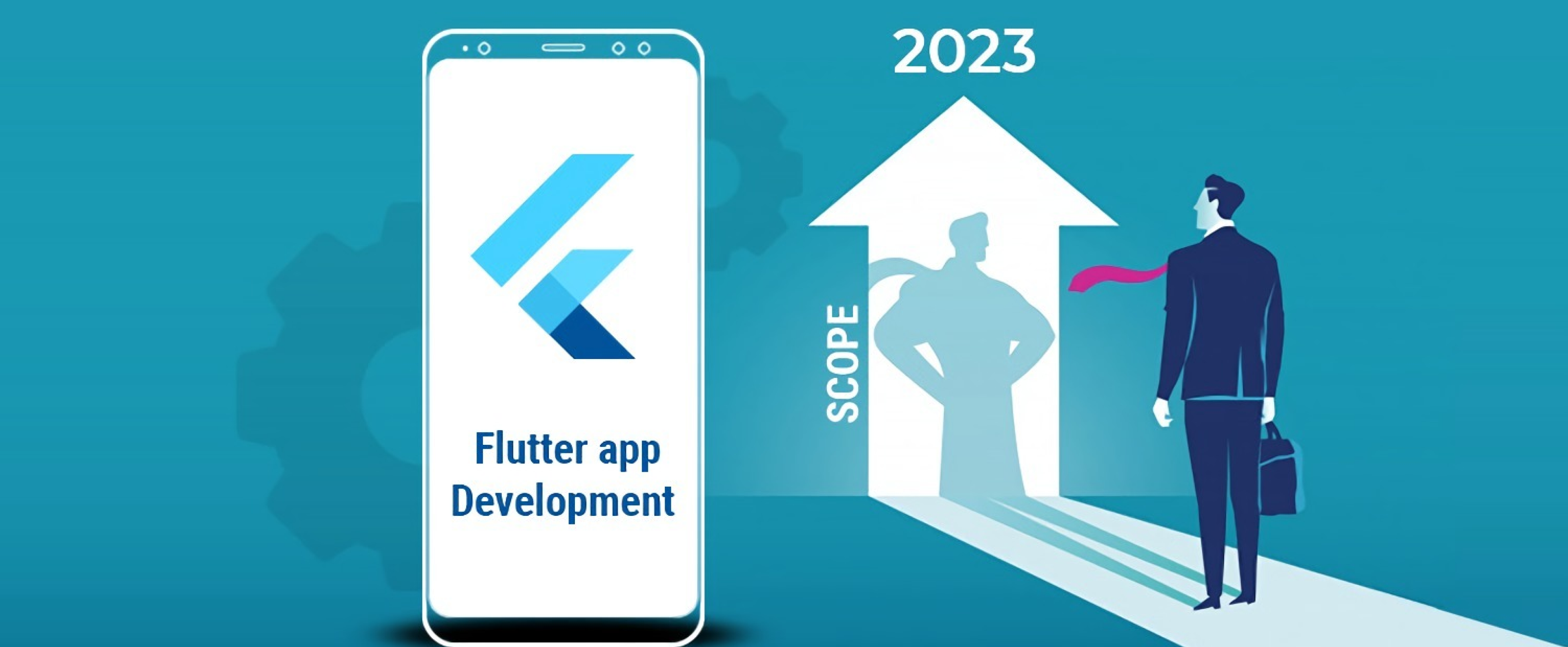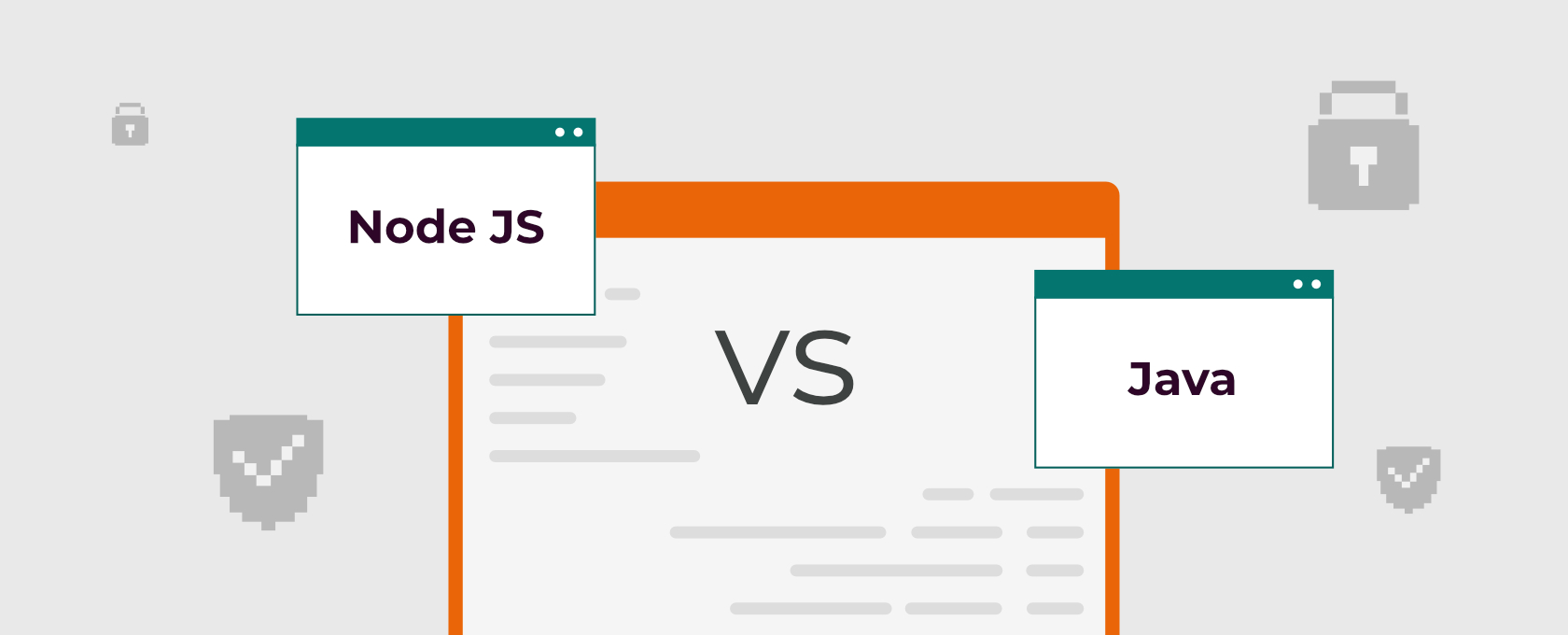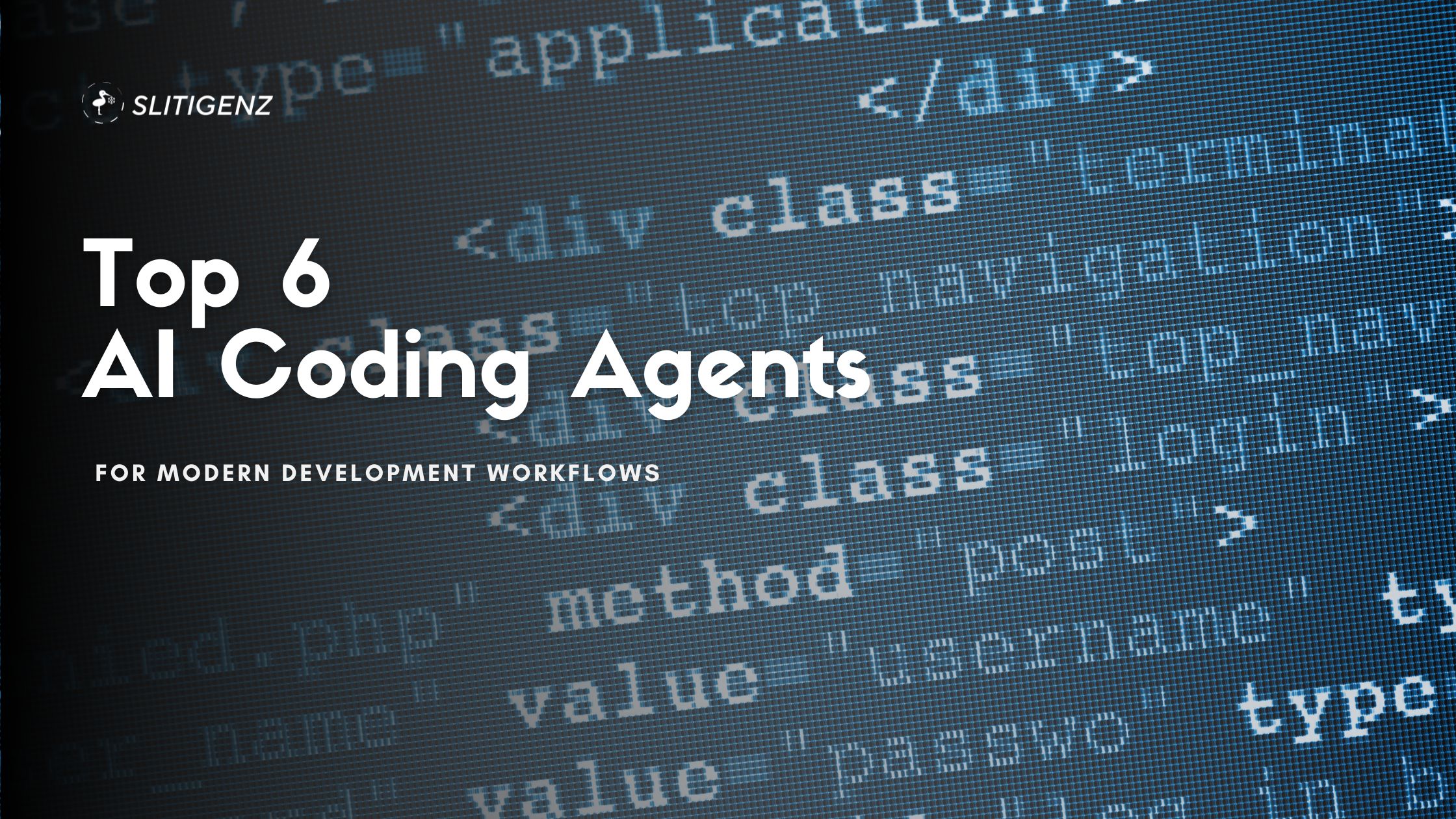Speed and quality in software development are not mutually exclusive, but they are often in tension. Many engineering teams face this paradox daily: deliver quickly to meet business demands, while maintaining a robust, scalable, and maintainable codebase.
This article explores how experienced teams approach this trade-off – not through buzzwords, but through deliberate architectural and operational decisions
- 1. Understand That “Speed” ≠ “Shipping Features Fast”
- 2. CI/CD Is Table Stakes—But It’s Not the Goal
- 3. When to Accept Technical Debt – And When to Fight It
- 4. Quality Comes from Code Reviews, But Only If They’re Real
- 5. Optimize for Feedback Cycles, Not Just Feature Cycles
- Final Thoughts
- Need Help Scaling Your Software Delivery?
1. Understand That “Speed” ≠ “Shipping Features Fast”
Speed isn’t just about velocity in terms of story points. Real delivery speed is sustainable only when:
- Code is testable and predictable
- Pipelines don’t break randomly
- Rollback strategies exist
- Monitoring gives confidence in production
In other words, real speed comes from removing friction in delivery – not skipping steps.
Example: A team that skips writing tests can move fast once. A team that builds stable test suites can move fast every sprint.
2. CI/CD Is Table Stakes—But It’s Not the Goal
Implementing CI/CD is not a solution; it’s a prerequisite. What matters is:
- How fast and reliable your pipelines are
- How confident your team is in rolling forward (or back)
- Whether deployments are observable and reversible
✅ Use blue/green or canary releases
✅ Enforce build reproducibility
✅ Automatically verify infra changes in staging
Tooling tip: GitHub Actions + ArgoCD or GitLab CI + Terraform can automate most of this. But the culture of ownership matters more than the stack.
👉 Know more about: What is CI/CD
3. When to Accept Technical Debt – And When to Fight It
Not all technical debt is bad. Deliberate technical debt is sometimes necessary to meet market windows. The key is to track it, constrain it, and pay it back before it compounds.
- Use tools like SonarQube to track maintainability scores
- Tag TODOs with debt type (
#intentional-debt,#performance-tradeoff) - Bake refactoring into your roadmap (not as “nice to have”)
“We’ll refactor later” is not a plan. “We’ll refactor in Sprint 9 to prepare for multi-region support” is.
4. Quality Comes from Code Reviews, But Only If They’re Real
A review that focuses on indentation is a waste. High-quality teams:
- Use checklists: security, performance, failure modes
- Apply pair programming in critical modules (e.g., billing, auth)
- Enable async reviews, but timebox them (e.g., within 24h)
And yes – skip the review if the change is trivial and the risk is minimal. Make that a documented rule.
5. Optimize for Feedback Cycles, Not Just Feature Cycles
Long feedback loops kill both speed and quality.
- Test in parallel (not sequential QA → UAT → Prod)
- Use feature flags to decouple release from deploy
- Get product validation as early as possible (dogfooding, beta groups)
Short feedback = less rework = more sustainable velocity
Final Thoughts
Balancing speed and quality in software development isn’t a slogan—it’s a continuous series of technical and cultural trade-offs. There’s no one-size-fits-all solution, but the best teams:
Make decisions that optimize for feedback and learning
Embrace automation, but never blindly
Track debt like it’s real
View CI/CD and observability as foundations, not features
Need Help Scaling Your Software Delivery?
At Slitigenz, we help businesses accelerate development with proven DevOps practices, scalable software architecture , and dedicated engineering support.
👉 Contact us to learn how we can support your next project.
Latest Post:
- Top 6 Breakthrough AI Coding Tools Every Developer Should Know
- How to Balance Speed and Quality in Software Development?
- How to Deploy Static Website on AWS EC2 Using Nginx?
- Grok-3: The AI Breakthrough Surpassing GPT-4o in Deep Learning & Reasoning
- Unlock the Full Potential of Your Backend with Directus

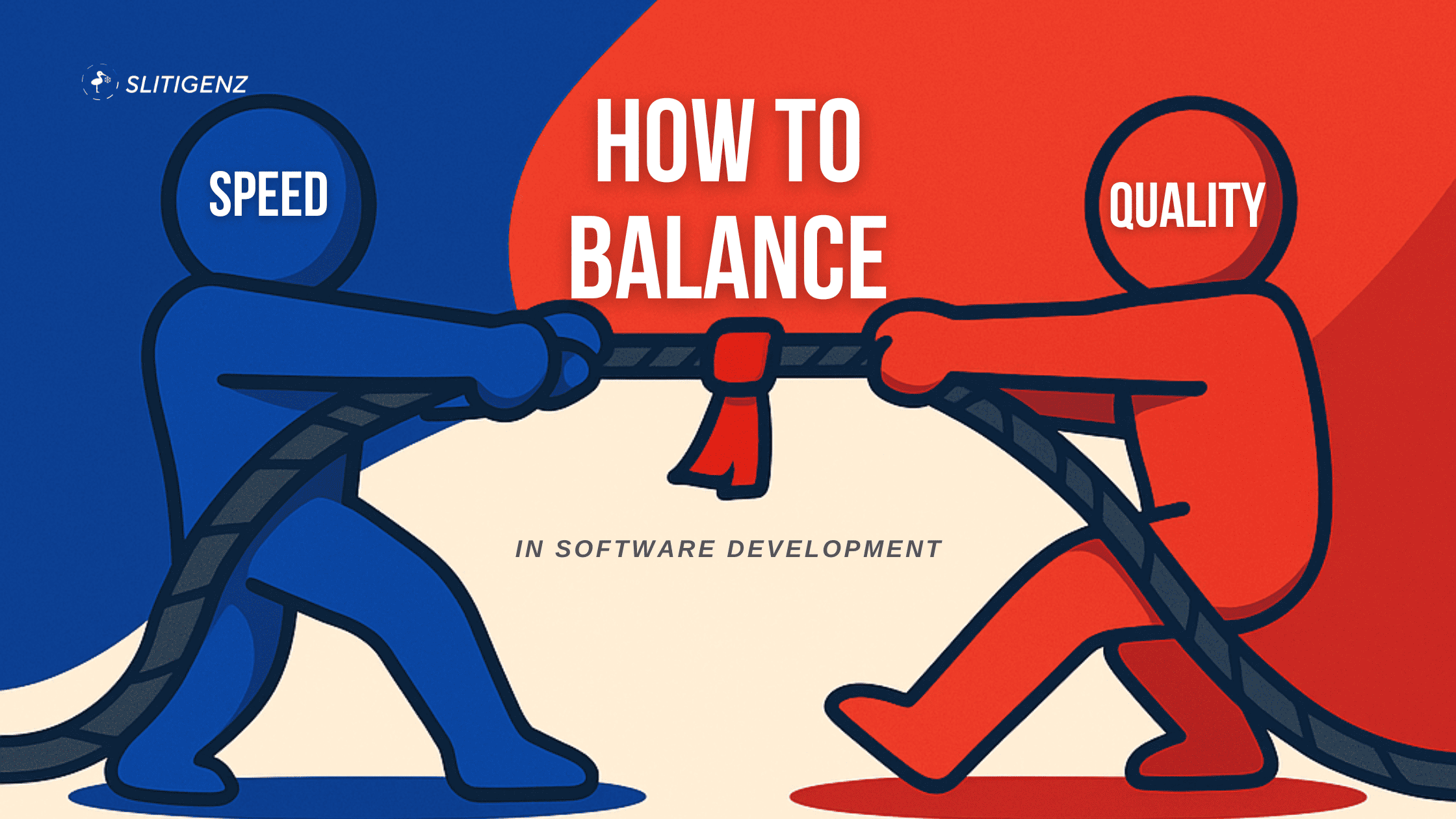

![Marketing > [10/4] > image-2024-12-27_17-57-46.png (Giao diện MobaXterm khi kết nối EC2) Screenshot of MobaXterm connecting to EC2 via SSH](https://confluence.slitigenz.io/download/attachments/88014899/image-2024-12-27_17-57-46.png?version=1&modificationDate=1744269156908&api=v2)
![Marketing > [10/4] > image-2024-12-27_17-58-54.png (Giao diện tạo file HTML đơn giản ) Screenshot of creating index.html file using Vim](https://confluence.slitigenz.io/download/attachments/88014899/image-2024-12-27_17-58-54.png?version=1&modificationDate=1744269156954&api=v2)
![Marketing > [10/4] > image-2024-12-27_18-10-25.png (Sau khi lưu file HTML ) Screenshot showing how to save an HTML file in Vim](https://confluence.slitigenz.io/download/attachments/88014899/image-2024-12-27_18-10-25.png?version=1&modificationDate=1744269156972&api=v2)
![Marketing > [10/4] > image-2024-12-27_18-24-44.png (Giao diện Security Group trong AWS EC2) AWS EC2 interface showing Security Group tab](https://confluence.slitigenz.io/download/attachments/88014899/image-2024-12-27_18-24-44.png?version=1&modificationDate=1744269156989&api=v2)
![Marketing > [10/4] > image-2024-12-27_18-26-44.png (Giao diện chi tiết Security Group ) Terminal showing steps to deploy a static website on EC2 with Nginx](https://confluence.slitigenz.io/download/attachments/88014899/image-2024-12-27_18-26-44.png?version=1&modificationDate=1744269157007&api=v2)
![Marketing > [10/4] > image-2024-12-27_18-27-42.png (Thêm rule mở port 80 ) Adding an HTTP rule (port 80) in EC2 Security Group](https://confluence.slitigenz.io/download/attachments/88014899/image-2024-12-27_18-27-42.png?version=1&modificationDate=1744269157050&api=v2)
![Marketing > [10/4] > image-2024-12-27_18-29-44.png (Giao diện sau khi reload Nginx) Successful Nginx reload after config change](https://confluence.slitigenz.io/download/attachments/88014899/image-2024-12-27_18-29-44.png?version=1&modificationDate=1744269157034&api=v2)
![Marketing > [10/4] > image-2024-12-27_18-30-34.png (Giao diện xác nhận cấu hình Nginx thành công) Nginx config test passed message on terminal](https://confluence.slitigenz.io/download/attachments/88014899/image-2024-12-27_18-30-34.png?version=1&modificationDate=1744269157067&api=v2)
![Marketing > [10/4] > image-2024-12-27_18-33-37.png (Giao diện hiển thị website khi truy cập IP EC2) Static HTML website accessed via EC2 public IP](https://confluence.slitigenz.io/download/attachments/88014899/image-2024-12-27_18-33-37.png?version=1&modificationDate=1744269157084&api=v2)

